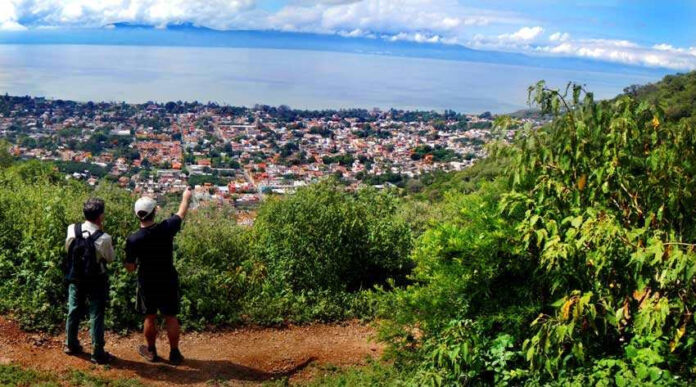This ecosystem is what you find if you enter Mexico through Mexicali or Ciudad Juarez. It’s the Mexico of film, song and cartoon: the hot, dry habitat of the Gila monster and the jumping cholla cactus. It’s arid — and semi-arid! — scrubland.
How is it possible that this same ecosystem is today the chosen home of thousands of Canadian and U.S. expatriates?
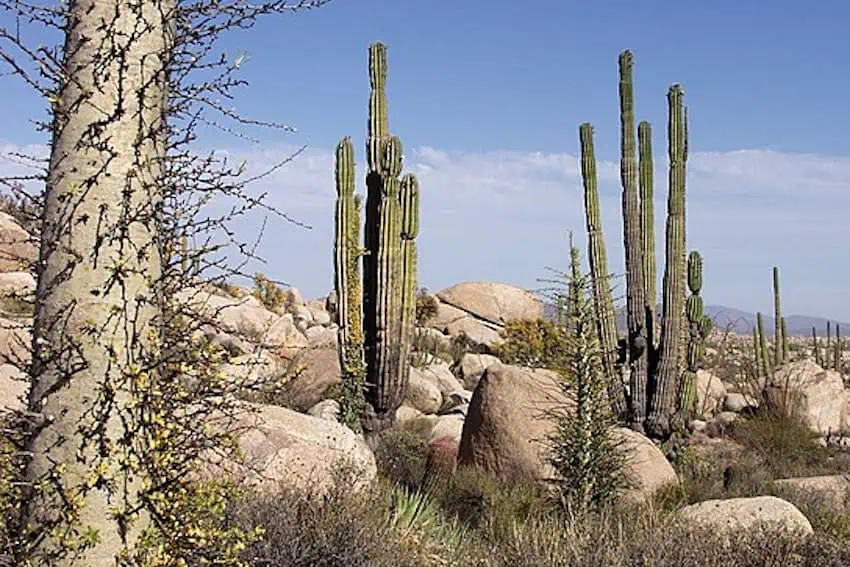
It’s not so surprising. The northern extreme of Mexico’s arid and semi-arid scrubland includes the Sonoran Desert, where a temperature of 52 C (126 F) was recorded last June. But at the southern end of the system we find Mexico’s largest lake, Chapala, on whose shores the average temperature is about 21 C (70 F), which aligns with the standard comfortable room temperature in most parts of the world.
Living in the scrubland
Few of the 20,000 expats living on the shores of Lake Chapala would describe their neighborhood as ”semi-arid scrubland,” despite what the geography books say. On the contrary, realtors in the area have long and loudly stated that Chapala has the second best climate in the world according to National Geographic.
Investigation by geographer Tony Burton, backed up by an AI search conducted by Copilot, gives the lie to this claim. If it’s any consolation, International Living lists Mexico’s climate as third-best in the world… but neglects even a mention of Lake Chapala. Let us turn instead to local resident and historian Jim Cook for a description of the climate.
“Lake Chapala has three seasons,” Cook writes. “June through October is the rainy season, with average daily temperatures in the mid-70s to mid-80s F. Although we get some dramatic thunderstorms during the rainy season, nearly all the rain occurs at night.”
“Winter begins in November and runs through March. Temperatures are a little lower, but the days are glorious, crystal clear and sunny with cool breezes, free of humidity. In late March, the ‘hot season’ begins, running from then through mid-June. The hot season is quite dry, sometimes dusty, and temperatures can rise into the low 90s. Still, it is nothing like the baking-hot summers of Texas or the thickly damp and humid heat of Louisiana.”
![]()
“Every morning,” says Chapala resident Susan Street, “I join a friend for a stroll along the Malecón (waterfront promenade). The view of the lake is always magnificent and there are waterbirds everywhere: herons, ducks, seagulls and, of course, the magnificently beautiful American white pelicans that come all the way from Canada to spend the winter with us.”
When it comes to entertainment and cultural attractions, residents of La Ribera enjoy never-ending musical, theatrical, gastronomic, artistic and artisanal events.
Folks with an itch for travel and adventure have a range of attractions that few places in the world could surpass.
Easy access to several ecosystems
As far as natural sites are concerned, you can access several other ecosystems within a few hours, an opportunity available to very few communities around the world.
In a matter of minutes, you can head into the hills above the lake, enter the temperate forest ecosystem, and wander through silent woods of stately pine and oak trees that look suspiciously Canadian. Or they can travel 50 kilometers north into the grasslands ecosystem and spend the day picking magic mushrooms. If they feel a yen for ocean and beach, they have only to drive a few hours south to the Pacific coast and two tropical ecosystems, where they can liberate baby sea turtles, and photograph crocodiles up close and personal.
See it all from a hang-glider
![]()
For an eye-opening look at the thorny, semi-arid terrain around Chapala, hop over to the hills at the west end of the lake to San José de los Pozos, only 17 kilometers from the water. Here you’ll find a sheer, 595-meter-high cliff, and beyond it the desert-like salt flats of Sayula.
This clifftop is one of the world’s best launch points for hang-gliding.
“We jump,” says enthusiast Pedro Kordich, “and we soar off into the distance exactly like a hawk or a seagull, wings extended, hovering, then gently floating to a new position where a thermal lifts us higher and higher. This is our game, floating and floating, rising and descending and rising again. This is surely the very maximum for a bird; the quintessence of flying and it is effortless, it is pure freedom and it is pure joy.”
You can experience this joy by signing up at Kordich Air Sports for a tandem flight, where you and an expert are strapped to a hang glider and towed into the air by a motorized glider known as a trike. Once the cord is detached, you and your instructor are on your own.
This is the best way to see the salt flats and the semi-arid ecosystem and at the same time to experience “pura libertad,” unbounded freedom.
If you don’t feel like flying, though, there are plenty of other, less risky attractions in the Lake Chapala area.
What to see around Lake Chapala
Lake Chapala vineyards
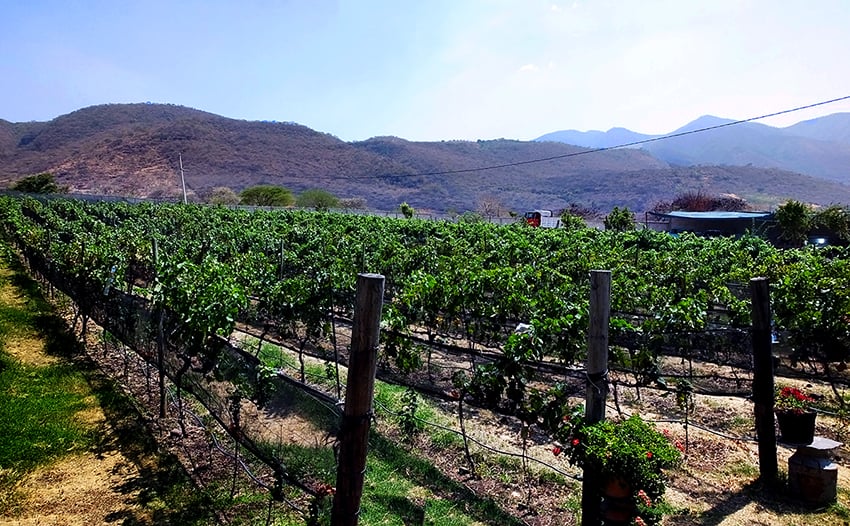
Viñedos El Tejón is just one of several wineries and vineyards on the south shore of Lake Chapala. Here you can taste a locally grown syrah, chardonnay or pinot noir offered to you in a ranch house by Lupita, wife of Don Serapio Ruiz, said to be known throughout Napa Valley as one of the great experts in grafting grapevines.
La Bella Cristina Mansion
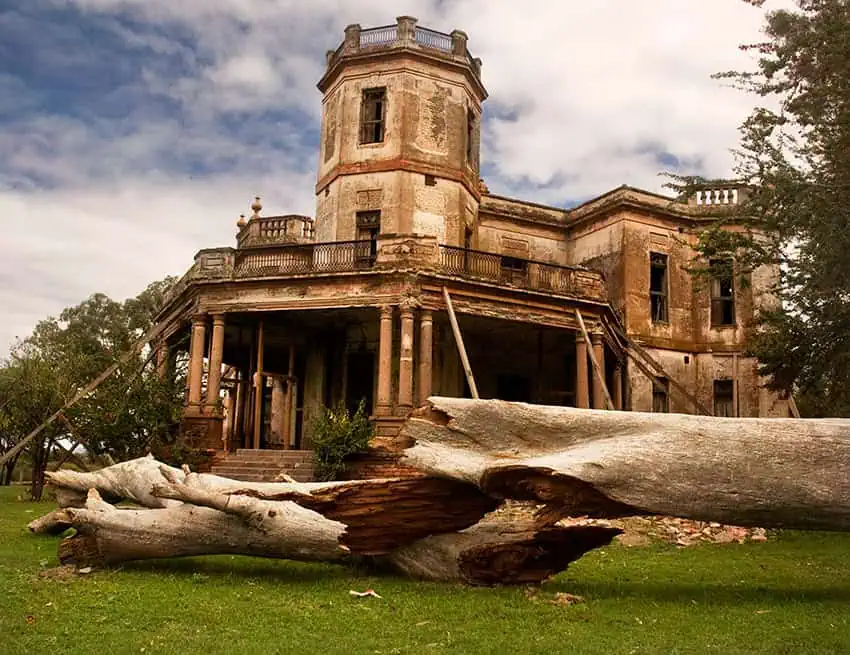
Also known as La Maltaraña, this old casona — with 365 doors and windows — stands at the east end of Lake Chapala, just waiting for visitors to admire its beauty and dive into its history.
The artisans around Lake Cajititlán
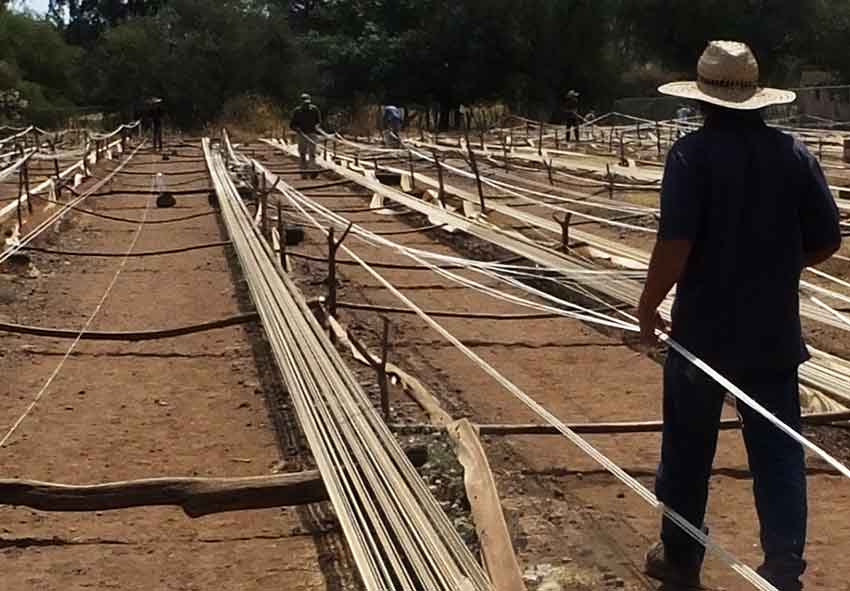
Basalt molcajetes and sculptures, burnished pottery, horsehair and cane creations, and the finest hand-made ropes in Mexico: you can see artisans working on all of these only 13 kilometers north of Chapala.
The “flying white sheep” of Petatán
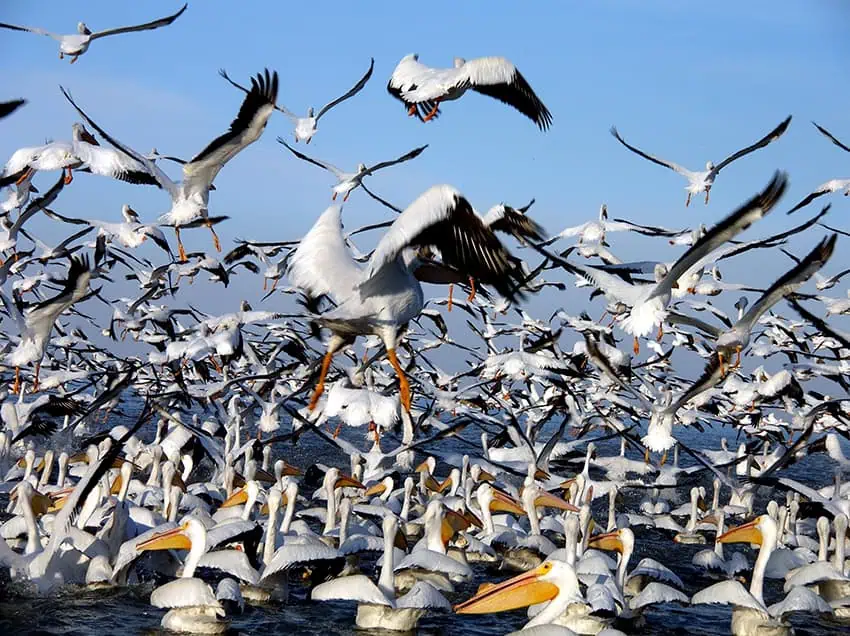
Late every workday afternoon, thousands of American pelicans gather at this town at the southeast end of Lake Chapala to enjoy huge quantities of fish scraps. The sights and sounds make for a unique and unforgettable experience. Just don’t go there on Sunday, because the pelicans won’t show up!
As you stand there taking in the sight of ten thousand lovely pelicans hovering above a gorgeous lake, please bear in mind that you really are in semi-arid scrubland— but Mexican style!
John Pint has lived near Guadalajara, Jalisco, for more than 30 years and is the author of “A Guide to West Mexico’s Guachimontones and Surrounding Area” and co-author of “Outdoors in Western Mexico.” More of his writing can be found on his website.
